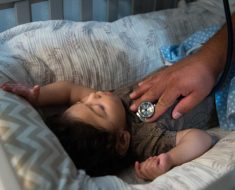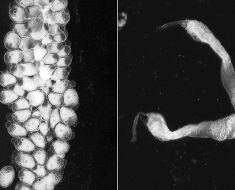A new study by researchers at Queen Mary University of London and University College London (UCL) has discovered 30 new gene locations that determine how the heart responds to and recovers from exercise.
The study, published in the journal Nature Communications, was conducted using the genetic and electrocardiogram data of 67,000 people from UK Biobank.
The findings could be used to improve the identification of people with impaired heart rate during recovery and those at higher risk of heart disease mortality.
The difference in heart rate response to exercise was as much as 3.15 beats per minute, depending on the genetic risk score of an individual, while the difference in heart rate response to recovery differed by as much as 10.4 beats per minute.
Lead researcher Patricia Munroe, Professor of Molecular Medicine at Queen Mary’s William Harvey Research Institute said: “Our findings advance our knowledge on key pathways controlling heart rate response to exercise and recovery, information which may be valuable in the future for cardiovascular risk prediction.”
Co-lead researcher Pier Lambiase, Professor of Cardiology at UCL said: “This first study by our “Electrogenomics” group is a wonderful example of the power of the collaboration between UCL Electrophysiology & QMUL Genomics, opening new avenues to dissect the mechanistic links between heart control and cardiovascular outcomes.”
Source: Read Full Article





